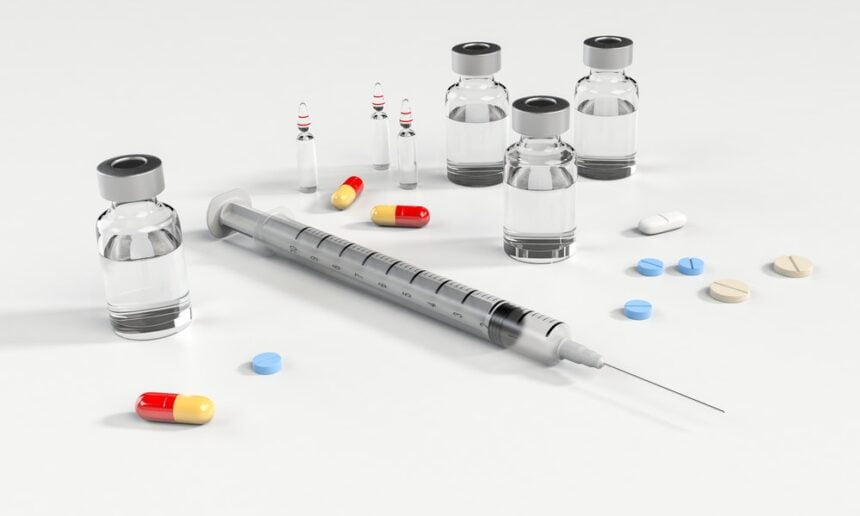Doctors and administrators know them by name, and they know their complaints before they even speak: the frequent flyers. One of several terms used to identify frequent emergency services users, along with high-utilized, super utilizer, and the coded GOOMER (get out of my emergency room), frequent flyers are commonly considered to be drug seekers, but that isn’t always the case.
It’s contingent on emergency room physicians to differentiate between drug seekers and the legitimately ill, particularly in light of the ongoing opioid epidemic, but it’s also important to help those with legitimate medical needs. That’s why administrators and doctors need to develop a deeper understanding of chronic pain conditions so that all patients are treated with the care and compassion they deserve.
Who Are Frequent Flyers?
The first step toward reducing frequent flyer behaviors and improving patient care is identifying which patients make up this demographic. Yes, there are drug seekers, but they’re fewer than you might think. Most drug seekers move between medical centers in order to disguise their behavior, and with greater restrictions on pain medications and the use of prescription monitoring programs (PMPs), drug seekers typically get their drugs from reliable community prescribers or illicit sources such as street dealers. Most frequent flyer patients, then, are people with real medical needs who lack access to sufficient community care.
Consider, for example, patients with fibromyalgia. Fibromyalgia is a poorly understood pain disorder characterized by widespread muscle aches and fatigue, as well as a range of associated conditions such as irritable bowel syndrome (IBS), endometriosis, and interstitial cystitis, among others. During flares, these patients may experience severe pain that leads to emergency room visits, but what they really need is extensive outpatient support and reliable strategies for managing disease flares.
Other conditions, including chronic fatigue syndrome, cyclic vomiting syndrome, and even migraines can all result in frequent flyer behaviors, but these patients have legitimate reasons for seeking care. The real problem is that the emergency room isn’t the right place for them to receive it.
Finally, hospital administrators and doctors shouldn’t overlook class as a central factor in excessive service use. Patients with no insurance or minimal, catastrophic coverage may not have a primary care provider or may not be able to afford regular medical care. In fact, low-income patients regularly cite costs, quality of care, and even transportation options as reasons for going to the ER rather than to a general practitioner.
Establishing Alternatives
Once you understand what causes excessive ER use, your hospital has the means to establish alternative protocols that will benefit both patients and hospital staff. It all starts by looking at the data.
At Parkland Memorial Hospital in Dallas, Texas, social workers and administrators identified a group of patients who had visited the ER at least 10 times in a one-month span. They looked their unpaid bills. Patterns emerged. Many were homeless or mentally ill. And then they began to ask questions. Could they send medications by courier to homeless patients who came to the ER for simple refills? And what if they could provide social work services and follow-ups in conjunction with food pantries or shelters? By embedding services in the community, Parkland discovered that frequent flyers stopped showing up and their health improved.
Another program that hospitals have found improves patient outcomes and reduces frequent flyer behaviors is improved patient education programs. At St. Anthony’s, a rural Oregon hospital, for example, patients who didn’t qualify for home healthcare services were overusing the hospital for basic services. Because of the location, most of these patients had few, if any, other options for convenient care. When St. Anthony’s began its community health worker program, which assists patients in making follow-up appointments and refilling and understanding proper use of medication, patients were better able to stick to treatment regimens, improve their health, and avoid unnecessary ER visits.
Finally, hospitals need to instate protocols for long-term drug users (LTDUs), who often present like addicts but are, in fact, using appropriately prescribed opioid medications to manage chronic health problems. These patients pose a real challenge to hospitals that are under pressure to reduce opioid prescribing, and while hospitals may consider referring them to alternative pain management programs, overall, they should practice compassion and consult with their current physician. Just because a patient requires opioids for pain management doesn’t mean they’re addicted.
Frequent flyers are a strain on our emergency room system, but almost every one of them has a legitimate reason for being there. Hospital systems need to have a plan for helping reduce these visits without compromising patient care or dignity. How will your hospital reach this vulnerable community and meet their needs?







